Adobe has been developing with AI in its tools for almost a decade. In the last couple of years, it’s been clear that something cataclysmic is happening in the creative industry.
At this year’s SaaStr Annual, Adobe’s Chief Strategy Officer and Executive Vice President of Design & Emerging Products, Scott Belsky shares the 5 waves of change we can expect from AI in creative spaces and how this will change how brands of all sizes will create and deliver content at scale.
The new age of creativity will change how people do their jobs, how they learn, and the competitive dynamics of brands and entertainment. We live in a world where every brand is only as relevant as its latest content. You increasingly have to tell a very relevant story at the speed of social, which is constantly moving and has a different pulse to tune into each day. The traditional tools and machines aren’t made for this world.
So, let’s see what’s coming.
Wave #1: Creativity Is The New Productivity
If you think about it, productive tools have been deployed in organizations large and small for the past few decades. We have increasingly been promoted and given opportunities based on how much we get done with finite resources. But we’re at an inflection point where people will start to stand out more for their ideas and creativity vs. how quickly they get things done. So much productivity is being offloaded to compute.
Creativity In The Enterprise: When you look at the impact of generative AI and realize workflow is getting reduced and, in some cases, eliminated, what does that mean for peoples’ careers? Starting with the Enterprise — you have tools like Excel, Word, and PowerPoint that have been deployed. In this new wave of change, creative tools will be deployed throughout the Enterprise.
Back to the idea of story spreading at the speed of social… Who are the people making these brand moments and having communications on social media? Social media teams. Modern brands, even the biggest in the world, need to think and act in real-time. They need the creative tools deployed in order to do so.
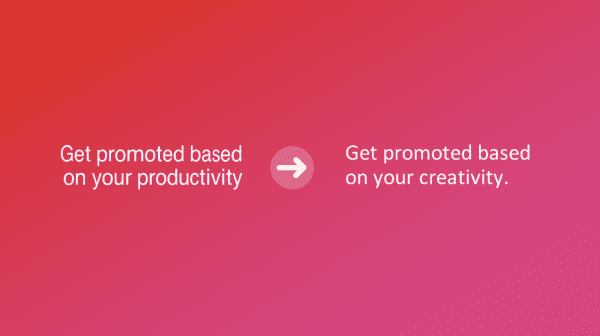
“Art Class” Should Be More Than An Hour Each Week: Creative skills development will no longer be constrained to “art class. The future of promotions is people who stand out based on creativity, not productivity.
Wave #2: Creative Confidence Is Growing
Wave two is anchored by another strange strategy of humanity — dampening creativity after ages five or six. At that age, creative confidence is at its highest. Artwork gets hung up on the fridge. Families praise any creativity and effort. Then, people slowly realize critics exist, that more or better-talented people exist. Creative confidence goes down.
This emerging technology allows people to take something in their mind’s eye and generate art without any skills. It restores creative confidence later in life. With the emergence of tools like Canva and Adobe Express, people can start from something instead of nothing, especially as the stakeholders of creativity in an organization.
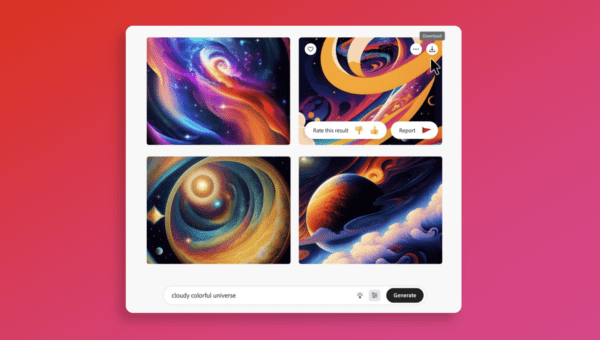
We’re entering into an era where:
- Everyone should be able to discover content to use, edit, and share.
- Everyone should feel creatively capable of expressing an idea with compelling content.
- Creativity is no longer constrained by a segment of skills.
- Being Confined By A SKillset Is Going Away
- People need creative confidence to show rather than tell.
Being confined by a skillset is going away, so you don’t have to be a graphic designer, product designer, or video editor to create mixed media. Big company marketing budgets have shifted 50% of marketing spend to social platforms, and now people will have the tools to enable them to feel confident creating that content. We’re moving away from always finding someone with skills to tell our story, so now we can tell our own story.
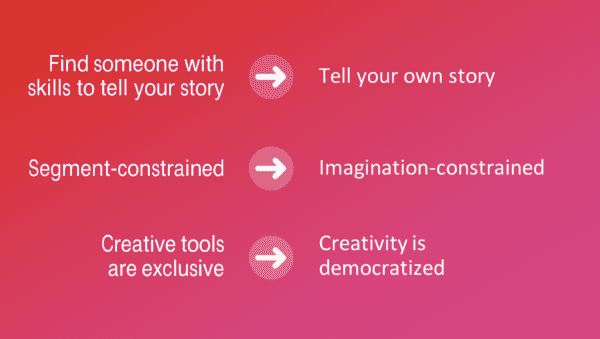
We’re moving away from a segment-constrained world where everyone operates within a specific segment in the creative world to one that’s imagination-constrained, and it doesn’t matter if you come from that segment or not. We’re moving away from a world where creative tools are very exclusive to one where creativity is more democratized. Creative professionals will still apply a lot of creative controls, but the rest of us are being taught how to fish.
Wave #3: The Opportunity of Creative Exploration Is Expanding
A common question from creative professionals and investors is: what does this powerful tool mean for the future of creative pros? Will there be fewer? What will they be doing? How does a pro do their greatest work? With time. Do they have more or less time to explore more possibilities?
If you ask a branding agency to come up with a new brand design within a given timeframe, they may have seven iterations and whittle it down to three to present. If they had more time for the surface areas of possibilities, they could present better solutions. This is the case for every part of creativity.
Outfitting Creators With More Cycles: When thinking about creative exploration and the digital bar of experience going up, we need to outfit creators with more cycles. This is where generative AI tech becomes profound. This tech allows people to try many variations more quickly. For example… In Adobe Illustrator, they just announced a new capability called Generative Recolor.
If you’re designing a campaign (or anything at all), a ton of time is spent trying variations of colors that go well together. The process is excruciatingly long. Now, creatives type what they need, and it instantly changes all the color palettes within the entire document —. a game changer!
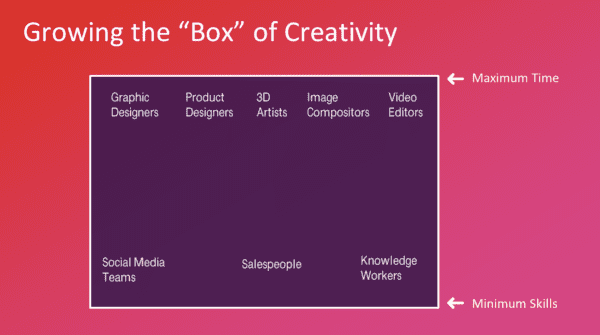
Instead of spending hours doing different color versions to present to clients, you eliminate that issue entirely and open up so much time to be far more creative in solving other problems. When you get more ingenuity and possibility per person, you want to hire more of them. Look no further than engineers. They’ve gotten more productive every year for the past two decades, yet companies want to hire more and more of them to build more products and solve more problems.
The limited time for discovery every person feels constrained by will yield 100x more cycles of discovery. That’s 100x more possibilities to yield better discoveries, realizations, and solutions. This tech is doing two things: lowering the bar for the minimum skills needed to show your vision and raising the ceiling of what’s possible within the given time you have.
100x more possibilities and 100x more participants means a far more engaging world with more personalized digital experiences than ever before.
Wave 4: The Future of Every Digital Experience Will Be Personalized
We’re going to be in a world where we’ll expect every digital experience to know us individually. It will be tailor-made for us. When shopping at an eCommerce site, it will know your shoe size, gender, and preferences for as long as you allow it to know that information. You’ll be welcomed by name and presented with exactly what you’re looking for in a non-creepy way because it’ll be consent and personalization at scale — on your own terms as a consumer.
Documents will talk to you and ask you questions, so you don’t have to hunt for what you’re looking for. Onboarding will be easier everywhere.
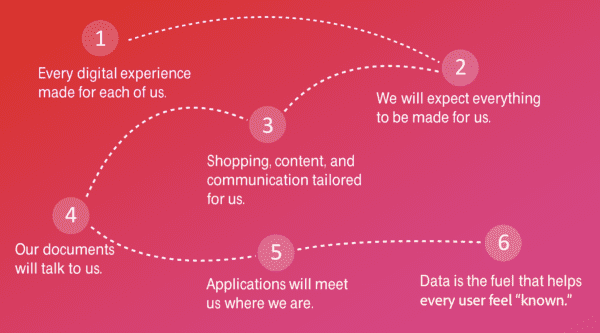
Humans Long To Be Known: People long to go back to the way things once were, but with scale and efficiency. Walking around a small town. Store clerks know your name and your kids’ names. Now, we have things being thrown at us at all times.
It can feel cold and impersonal, and it’s something all brands need to think about. Companies need to think about providing hyper-personalized experiences. Generalized experiences from the masses will become personalized experiences for each of us. Learning an app and how it works becomes it learning you and how you work. Our data-driven world will become AI-driven, providing a level of hospitality we might not fully understand. All of this is rapidly coming at us!
Wave 5: We Will All Crave Story, Craft, and Meaning More Than Ever
The reason we buy fine art is the story. The craft makes us appreciate the work. The story and process are what make it special and valuable. The value doesn’t come from the value of raw ink and canvas, but the story told. The gallery shares the artist’s background and other data points that create scarcity and emphasize the quality of the craft. And we value it for something more than the raw goods are worth.
Art and creativity have to have soul. Many of these models are trained to be intuitive, but they’re based on what’s been done vs. things yet to happen. Creativity and soul are counterintuitive. Things we didn’t expect. Things that move us. Every brand is currently flooding the world with content. SEO is going to be completely used and abused.
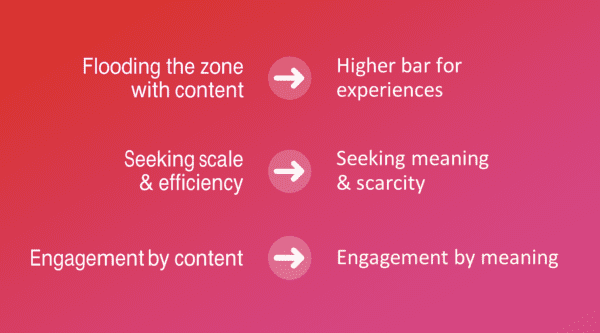
As this flooding happens, our expectations go up, and the things that move us capture our attention. Instead of seeking scale and efficiency, we’ll seek more meaning and scarcity. Instead of being engaged by content, we’ll be engaged by meaning. Creativity that’s effective is what moves us. That’s what keeps this industry alive.
While everyone is excited about this prompt-to-text era, we’ll likely look back on it as something novel but impractical. Scott believes we’ll want tools around the assets generated to make it our own. Creativity isn’t going anywhere. Creative professionals aren’t going anywhere, either. They’ll just have more time to develop quality solutions and spend less time painstakingly doing tasks that take AI seconds to achieve.
The post The 5 Ways AI Will Transform Creativity with Adobe CSO & EVP Scott Belsky (Video + Podcast) appeared first on SaaStr.
via https://www.aiupnow.com
Amelia Ibarra, Khareem Sudlow
